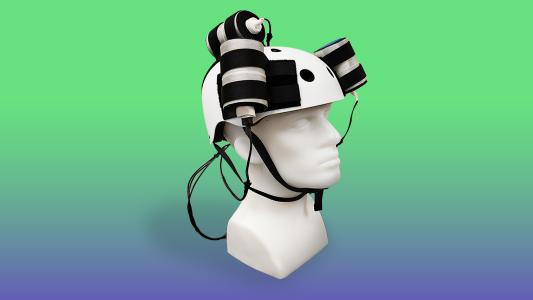University of California, Santa Cruz researchers have developed a novel approach to taking brain readings: a swarm of tiny nanosensors which could make it to your brain without needing to drill a hole. .
The sensors, called NeuroSWARM3, could be administered via injection into the bloodstream or the fluid surrounding the spine and brain; from there, they would cross the blood-brain barrier — a highly selective wall of cells that protects the brain — where they will track brain activity using light.
Unlocking the grey box: Researchers have a number of methods they can turn to for taking measurements of activity within the brain. Some, like functional MRI, are indirect measurements; in fMRI’s case, it is measuring the flow of blood around the brain, which can serve as a proxy for neuronal activity.
Other devices can measure direct brain activity noninvasively, like MEG — which measures the minuscule magnetic fields made by neurons at work — and EEG, which directly senses neurons’ electrical activity.
The sensors can be injected into the bloodstream or the fluid surrounding the spine and brain.
To get a more granular look at what’s going on, however, researchers need to go inside the skull, where neurotransmitters like dopamine and serotonin are now being measured in volunteer subjects’ conscious brains.
It’s all in an effort to better understand the brain — and possibly create better implants, therapies, and treatments for neural diseases.
Very small sensors: According to The Optical Society, NeuroSWARM3 sensors are tiny — like, same-weight-class-as-a-viral-particle tiny.
Those tiny sensors convert the brain’s electrical signals into optical ones. These light measurements can be read, from outside the skull, using near-infrared light. According to The Optical Society, the nanosensors require no wires or power source, and their gold coating allows them to slip through the blood-brain barrier.
The sensor swarm can detect brain signals in individual neurons.
In vitro tests found NeuroSWARM3 to be sensitive enough to detect brain signals on the scale of individual neurons.
“We are just at the beginning stages of this novel technology, but I think we have a good foundation to build on,” lead author A. Ali Yanik said. “Our next goal is to start experiments in animals.”
We’d love to hear from you! If you have a comment about this article or if you have a tip for a future Freethink story, please email us at tips@freethink.com.
